| Medical Device - How are Ceramic Parts used for In-Body Medical Applications? |
|
|
|
|
| |

|
|
| |
The latest medical device news from News Medical |
|
|
|
 | | | 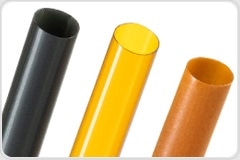 Complete Your Catheter with Polyimide from Zeus Complete Your Catheter with Polyimide from Zeus
New polyimide (PI) tubing and coated wire products from Zeus allow you to consolidate your catheter components through a single source and a supplier you trust. For added lubricity, PI Glide™ combines PI with PTFE for a smoother ID or OD.
| |
|
|
| |  | | | 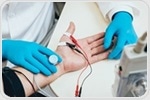 There are several therapeutic devices established on the utilization of an electromagnetic field where different intensities of electric current are applied. The spectrum of the electromagnetic rays created by these devices is wide-ranging. The resulting biological impact is also different. This article outlines the most commonly used instruments, procedures, and devices. There are several therapeutic devices established on the utilization of an electromagnetic field where different intensities of electric current are applied. The spectrum of the electromagnetic rays created by these devices is wide-ranging. The resulting biological impact is also different. This article outlines the most commonly used instruments, procedures, and devices. | | | | | 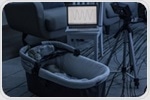 Researchers at the University of Washington have come up with a device which acts as a monitor for infant breathing patterns while playing white noise to soothe them to sleep. The results of their study with the new device would be presented in an article titled, “Contactless Infant Monitoring using White Noise,” at the MobiCom 2019 conference in Los Cabos, Mexico on the 22nd of this month. Researchers at the University of Washington have come up with a device which acts as a monitor for infant breathing patterns while playing white noise to soothe them to sleep. The results of their study with the new device would be presented in an article titled, “Contactless Infant Monitoring using White Noise,” at the MobiCom 2019 conference in Los Cabos, Mexico on the 22nd of this month. | | | | | 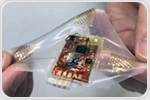 Researchers have developed wearable wireless monitors that contain stretchable electronics and would provide long term health data about the adults, babies and children. These sensors are an advantage over the presently used devices because they are free from the risk of skin allergic reactions and injuries that are associated with conventional adhesive sensors containing conductive gel formulations. Researchers have developed wearable wireless monitors that contain stretchable electronics and would provide long term health data about the adults, babies and children. These sensors are an advantage over the presently used devices because they are free from the risk of skin allergic reactions and injuries that are associated with conventional adhesive sensors containing conductive gel formulations. | | | | | 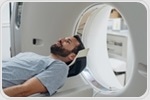 Researchers at the National Institutes of Health (NIH) and Siemens have developed a high-performance, low magnetic-field MRI system that produces superior images of the body’s internal structures compared to current MRI systems. The new system may also be safer for patients with pacemakers and defibrillators. Researchers at the National Institutes of Health (NIH) and Siemens have developed a high-performance, low magnetic-field MRI system that produces superior images of the body’s internal structures compared to current MRI systems. The new system may also be safer for patients with pacemakers and defibrillators. | | | | |  In a clever adaptation, a team of researchers developed a fetal monitor using commercial motion sensors to pick up the movement of a pregnant woman’s belly, produced by the heartbeat of the baby or by the baby’s movements in the womb. This early-warning system could potentially prevent about 2.6 million stillbirths around the world. In a clever adaptation, a team of researchers developed a fetal monitor using commercial motion sensors to pick up the movement of a pregnant woman’s belly, produced by the heartbeat of the baby or by the baby’s movements in the womb. This early-warning system could potentially prevent about 2.6 million stillbirths around the world. | |
|
|
|
|
|
|
|